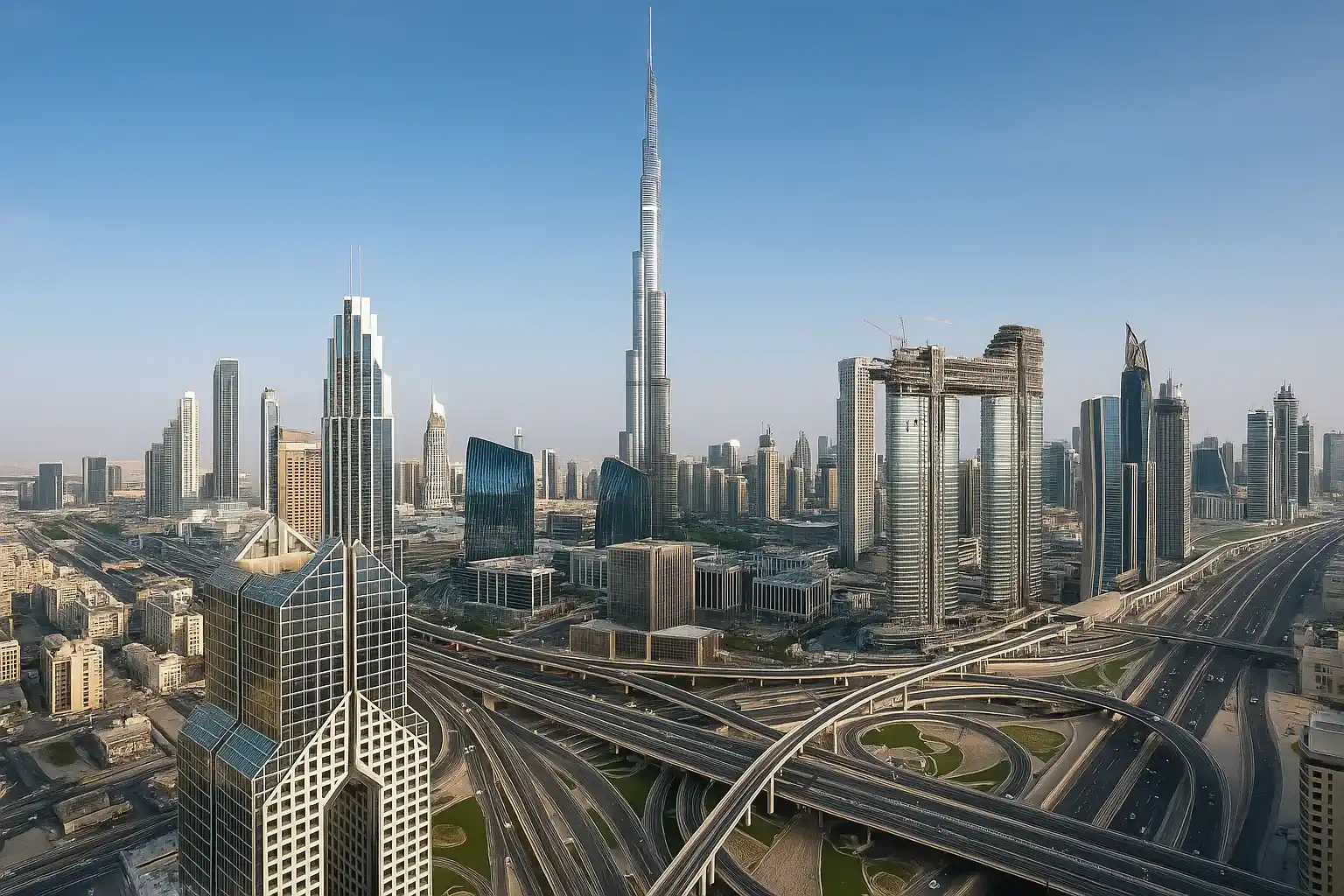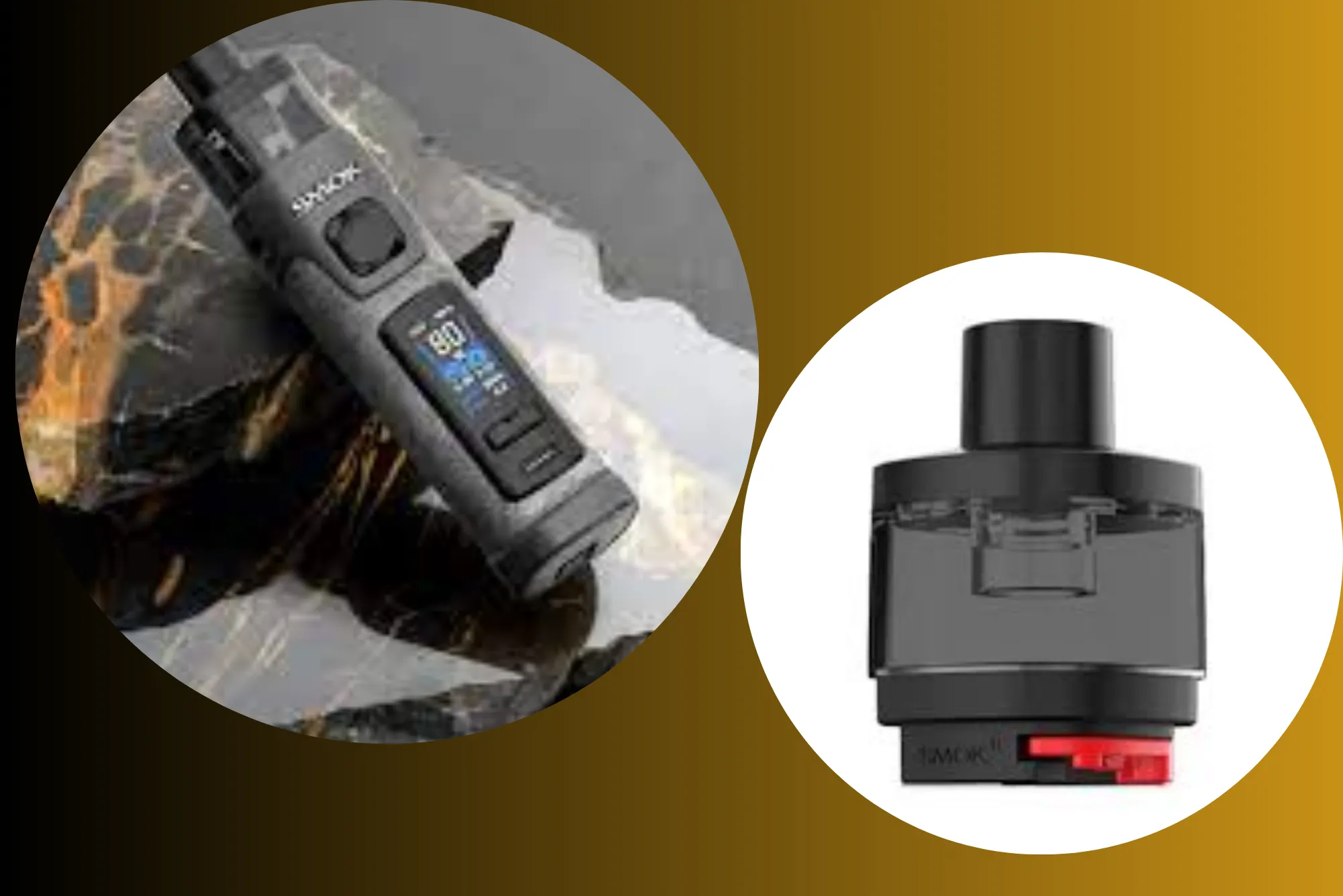Dubai’s skyline has become a global icon of futuristic architecture, and the trend shows no signs of slowing down. Innovations in smart technology, sustainability, and branded collaborations are transforming how we design and experience urban living. A prime example is Trump Hotel & Tower Dubai, a project that blends cutting-edge design with iconic branding and state-of-the-art features.
Dubai is globally renowned as a city of architectural superlatives – home to the world’s tallest tower, largest mall, and an ever-evolving skyline of avant-garde structures. But beyond these record-breaking feats, what truly defines Dubai’s architecture today? In a market where luxury and innovation go hand in hand, several key trends are emerging that shape how new buildings are conceived and constructed. From sustainability and smart tech to ultra-luxury amenities and branded residences, Dubai’s high-end architectural scene is constantly pushing boundaries. This article highlights the top trends driving modern design in Dubai, with examples of how they’re transforming the city’s skyline (and why they matter to investors and residents alike).
1. Sustainability as a Core Design Principle
Once a mere buzzword, sustainability has become a foundational priority in Dubai’s architecture. As the UAE strives for net-zero emissions by 2050, architects are integrating green building practices into even the most luxurious projects. This means new high-rises are being outfitted with features like:
- Solar panels and renewable energy systems to power common areas.
- Advanced glazing and shading techniques to reduce heat gain, lowering the need for excessive air conditioning.
- Green roofs and vertical gardens that not only insulate buildings but also add natural beauty to the structure.
For instance, many upcoming mixed-use towers in Dubai are targeting LEED Gold or Platinum certifications. Even opulent developments are embracing eco-friendly materials and energy-efficient systems. The result? Buildings that are kinder to the environment and cheaper to operate, without compromising on luxury. This trend ensures that Dubai’s growth is sustainable and that residents of high-end properties enjoy healthier, more efficient living spaces.
2. Smart and AI-Integrated Buildings
In a city that prides itself on being “smart” (Dubai has a smart government initiative and aims to be an AI leader), it’s no surprise that intelligent building design is on the rise. New developments are being wired and programmed with cutting-edge technologies:
- App-based home automation allows residents to control lighting, climate, and security from their smartphones.
- AI-driven building management systems adjust energy usage dynamically – for example, smart sensors dim common area lights when no one’s around, or optimize water usage for irrigation.
- High-speed connectivity and IoT (Internet of Things) devices are embedded throughout, turning skyscrapers into interconnected hubs.
According to architecture consultants, it’s now standard for premium projects to include features like facial recognition entry, smart parking systems, and 24/7 security monitoring integrated into a single digital platform. In practical terms, this trend enhances comfort (imagine the AC cooling your apartment just before you arrive home from work) and boosts safety (with intelligent fire and security systems that can automatically alert authorities).
A great example is the upcoming Trump Hotel & Tower Dubai, which is expected to incorporate state-of-the-art smart home technology as part of its luxury offering. Future residents can likely expect keyless entry, personalized lighting scenes, and AI concierge services as part of their living experience. In Dubai, smart buildings aren’t just about flashy tech – they add real value by making everyday life more convenient and buildings more efficient.
3. Branded and Experiential Design Collaborations
Dubai has embraced the concept of branded real estate like no other city. Developers frequently partner with world-famous brands – fashion houses, auto marques, hospitality icons – to create projects that carry a distinct cachet. These collaborations influence everything from the building’s architecture to its interior styling. Recent years have seen residences branded by the likes of Armani, Versace, Missoni, and Porsche, each reflecting elements of the brand’s identity in the design (think Italian marble finishes for Versace, or sleek sporty lines for a Porsche-design villa).
The trend goes beyond aesthetics; it’s about offering an experience. When DarGlobal (a leading developer) teamed up with the Trump Organization to create Trump International Tower Dubai, they weren’t just building apartments – they were creating a lifestyle imbued with a globally recognized standard of luxury and service. Similarly, DarGlobal’s partnerships with brands like Versace, Lamborghini, Pagani, and Elie Saab on other projects show how high-end architecture in Dubai often fuses with fashion and automotive design. These branded towers often feature bespoke lobbies, signature furniture collections, and exclusive services shaped by the brand’s ethos.
For investors and buyers, a branded residence comes with the assurance of quality and often, better resale value due to its rarity and appeal to a niche market. From an architectural perspective, such projects push designers to blend creative themes – a tower might evoke the aerodynamic curves of a sports car or incorporate motifs from haute couture. Dubai’s skyline, as a result, has become a showroom of the world’s top luxury brands expressed in concrete and glass.
4. The “Amenities Arms Race” in Design
In the luxury segment, offering basic facilities is not enough – developers are in an amenities arms race to wow residents with five-star features. This competition has directly influenced building designs, as architects allocate prime space for extravagant communal areas. Rooftops are no longer just for mechanical equipment; they now host infinity pools, open-air gyms, or gourmet restaurants with skyline views. One upcoming 80-story tower in Downtown (yes, Trump Hotel & Tower Dubai, we’re looking at you) is planned to have a swimming pool at the top of the building – talk about making a splash in the market!
Luxury towers are incorporating wellness centers that resemble high-end spas, complete with saunas, steam rooms, and meditation gardens. Double-height “sky lobbies” on mid-level floors serve as social hubs and viewing decks. Some residences even boast private clubs for their occupants. For example, Trump Tower Dubai will offer The Trump Members-Only Club, an exclusive residents’ club with a lounge, dining, and wellness facilities. Incorporating such amenities impacts the architectural layout – floors must be structured to accommodate these facilities, and often the building’s form (like a crown or podium) is shaped by these uses.
The net effect is that luxury buildings in Dubai are almost self-contained ecosystems. Residents may find little reason to leave, when they can work out, relax, socialize, and dine all within their tower. For architects, the challenge is ensuring these amenities feel integrated (seamlessly part of the building’s identity) rather than tacked on. When done right, as we see in many new projects, the amenities become a signature feature of the building – think of the sail-like Burj Al Arab with its helipad tennis court, an early example of how Dubai loves unique amenities.
5. Blending Cultural Heritage with Modern Form
While Dubai is future-focused, there’s a growing appreciation for weaving cultural heritage into contemporary designs. The city’s leading architects increasingly incorporate Middle Eastern motifs and traditional elements in modern structures, creating a fusion that pays homage to the past. We see this in projects that use arabesque patterns, calligraphy-inspired facades, or wind-tower silhouettes (reminiscent of traditional Barajeel) as part of their design language.
The Museum of the Future, for instance, marries an ultra-modern torus shape with Arabic calligraphy carved into its surface – literally integrating literature and art into architecture. Many high-end residences in Dubai now feature mashrabiya screens (intricate latticed panels) to filter sunlight artfully, a nod to regional architectural heritage. Courtyard layouts and water features reminiscent of old Emirati homes are also making a comeback, providing privacy and cooling benefits in a modern villa context.
This trend is especially pronounced in luxury developments that want to offer something uniquely Emirati. In a city filled with global designs, a touch of local identity can set a project apart. It also resonates with buyers (both local and expat) who appreciate that their ultra-modern home still connects to the culture of its place. In essence, Dubai’s architecture is maturing – it’s not only about importing the next novel design, but also about cultivating an architectural character that blends innovation with tradition.
Conclusion: Where Innovation Meets Lifestyle
Dubai’s high-end architecture scene is a constant balancing act between breaking new ground and delivering on lifestyle promises. The trends of sustainability, smart technology, branded collaboration, over-the-top amenities, and cultural fusion each contribute to making Dubai’s buildings more than just structures – they are experiences, status symbols, and even pieces of art. For investors and residents, these trends mean owning property in Dubai often comes with cutting-edge features and enduring value. A sustainable, smart building will remain efficient and desirable for years; a branded, amenity-rich tower becomes an address that commands prestige.
As you gaze at the Dubai skyline, you’re not just seeing an assembly of tall buildings – you’re witnessing the very forefront of architectural trends globally. And the city shows no signs of slowing down. Upcoming developments like Trump Hotel & Tower Dubai exemplify many of these trends under one roof: eco-conscious design, integrated smart services, a famed luxury brand, incredible amenities, and a prime location blending modernity with Dubai’s urban fabric. It’s projects like these that keep Dubai on the radar of architecture enthusiasts and property investors worldwide.
In a place where yesterday’s “wow factor” becomes today’s baseline, staying ahead means embracing these trends. Dubai’s architects and developers are clearly up to the task. The next time you consider investing in or moving into a new Dubai property, take a close look at how it reflects these trends – chances are, it will be a microcosm of the city’s spirit of innovation. Dubai isn’t just building buildings; it’s building the future of urban living.
To learn more about Dubai’s latest architectural marvels or to find a home that embodies these cutting-edge trends, explore our blog for updates. And if the idea of a tech-enabled, amenity-packed luxury residence excites you, check out the upcoming Trump Hotel & Tower Dubai – a development that perfectly illustrates Dubai’s skyline-defining trends and could be your opportunity to own a piece of the future.




